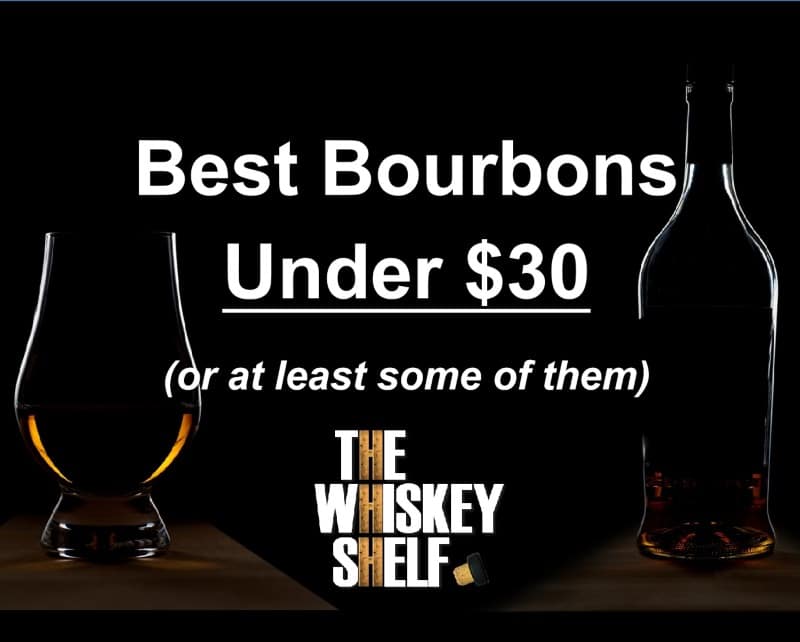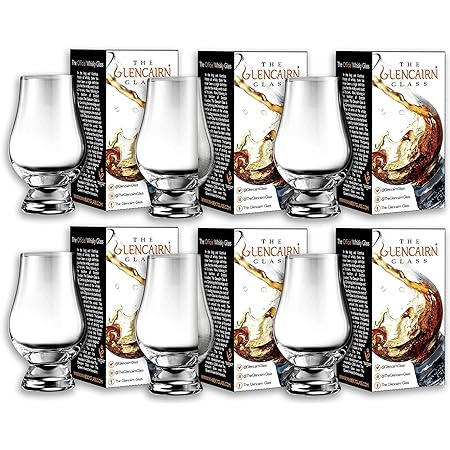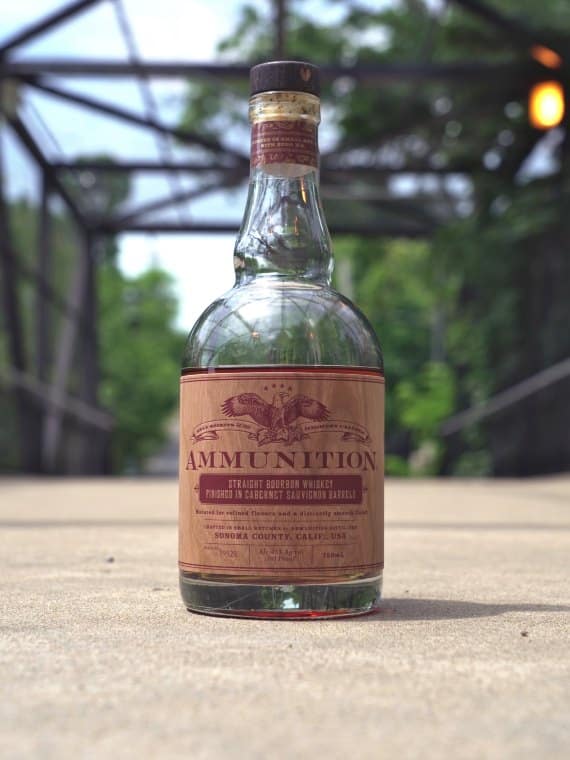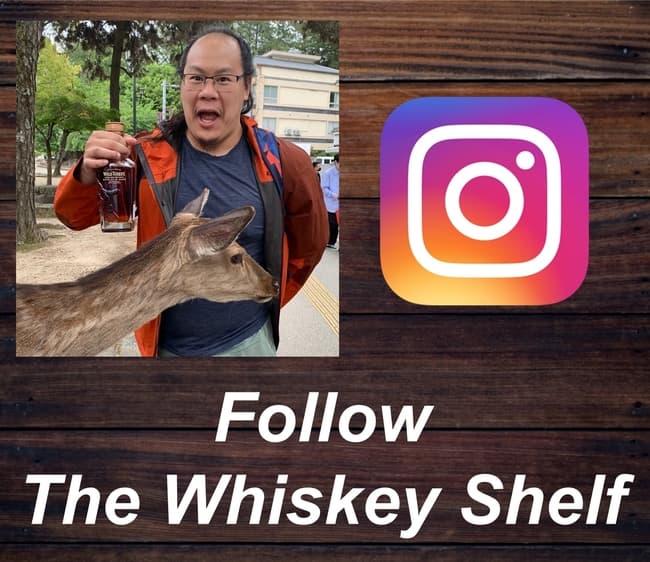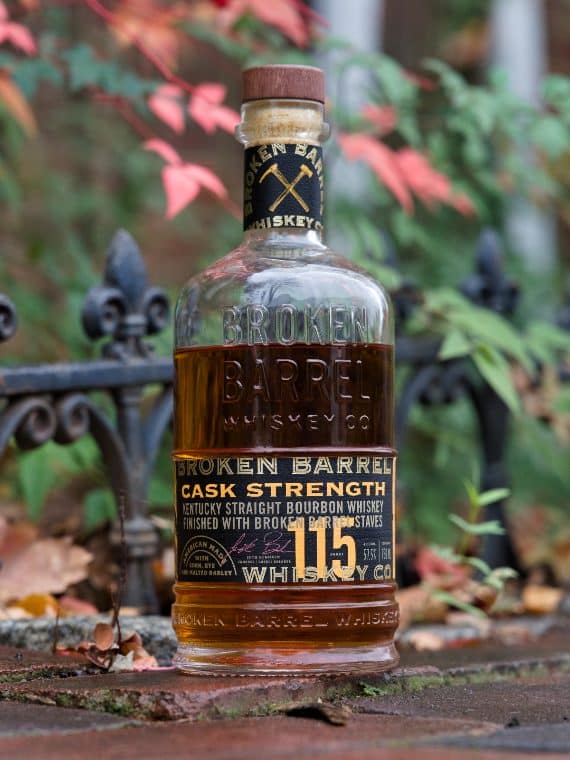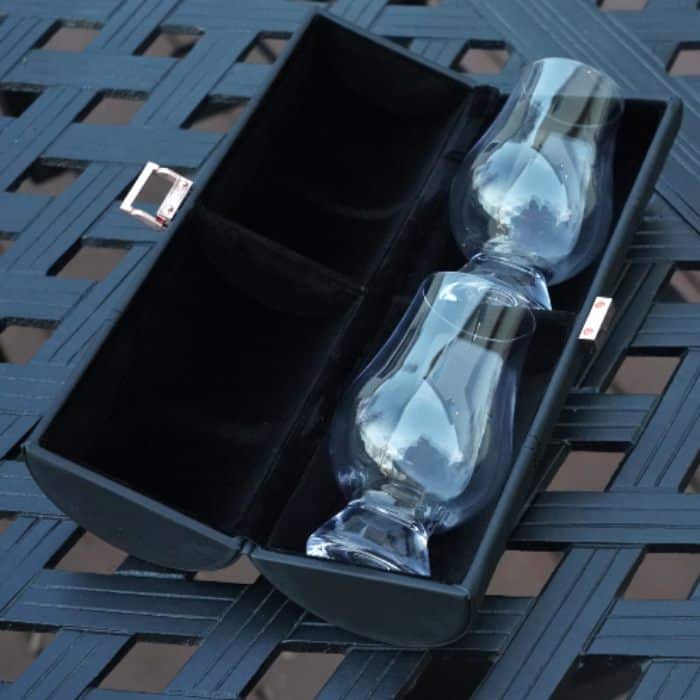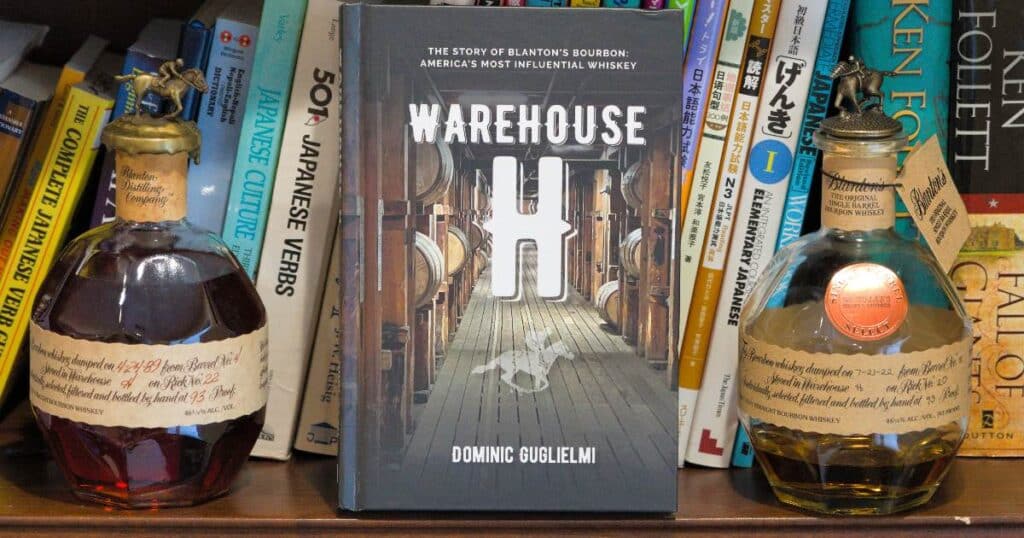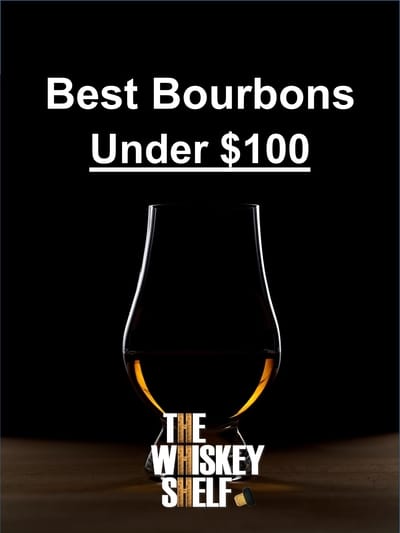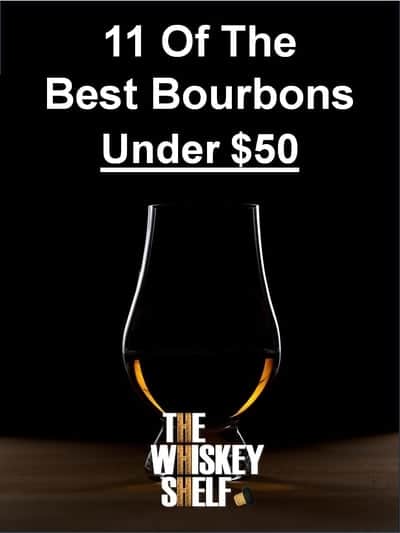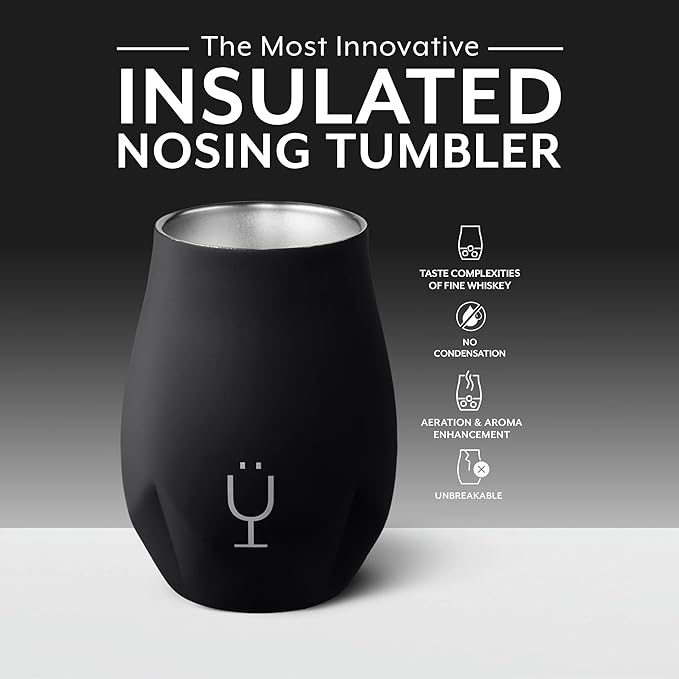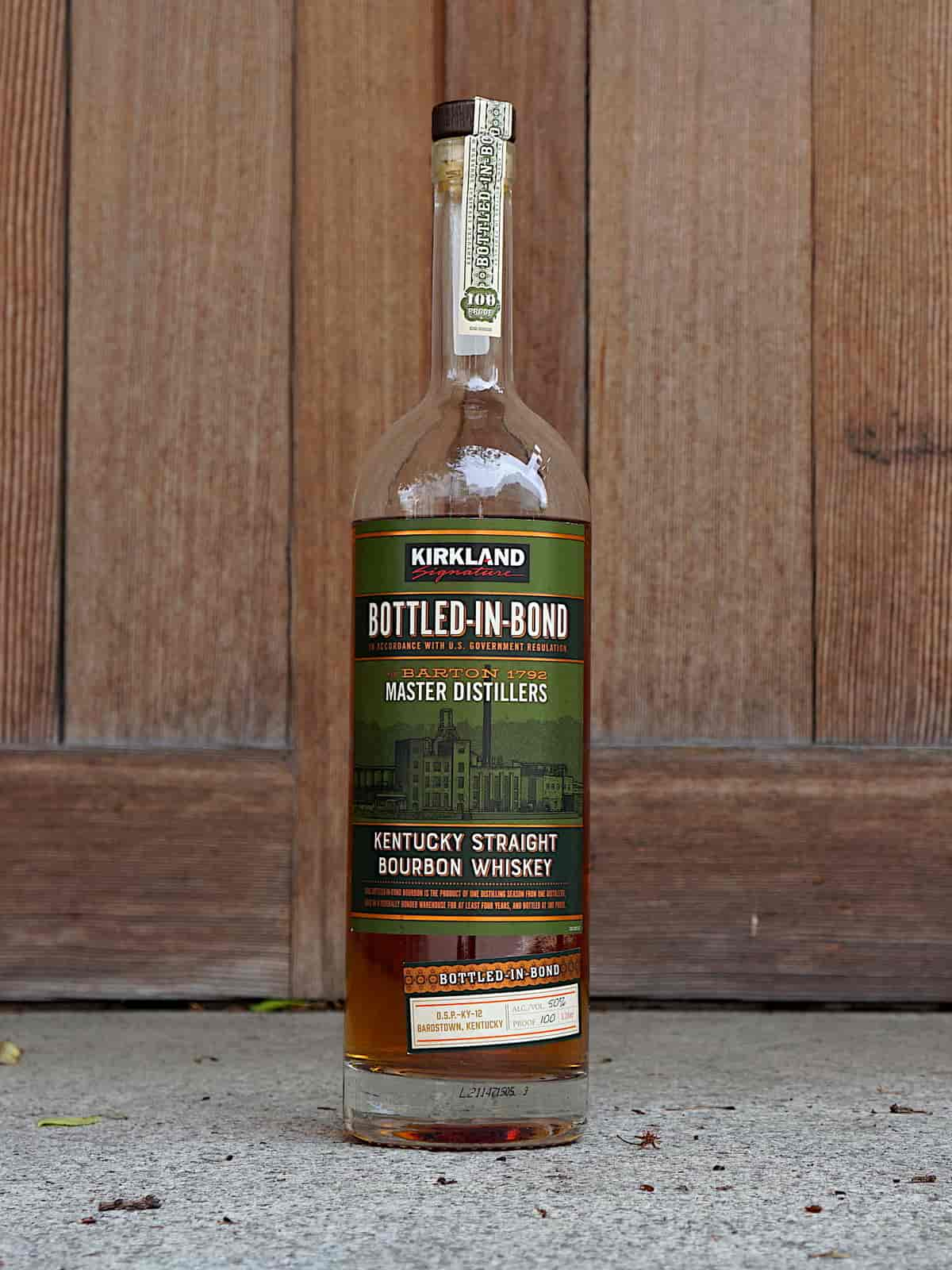Savage and Cooke Cask Strength American Whiskey Review [In Depth]
Savage and Cooke Cask Strength American Whiskey

Founder, writer
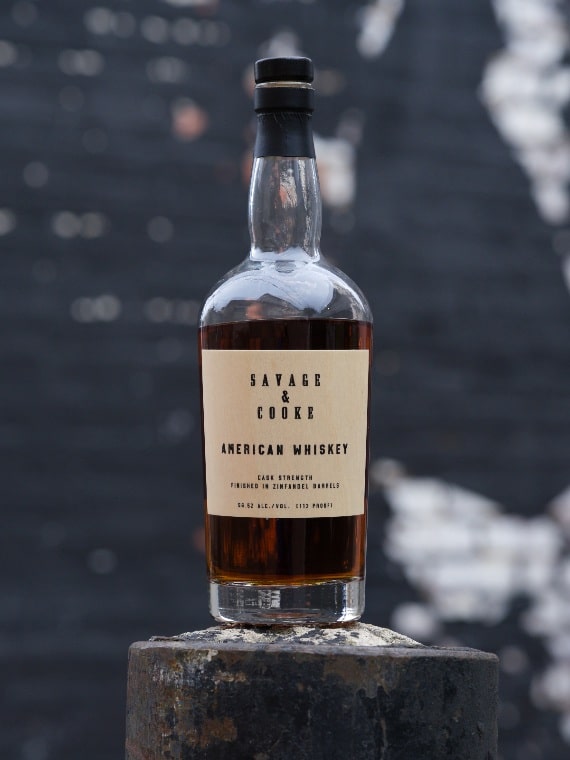
Savage and Cooke Cask Strength American Whiskey Details
Distillery: Savage and Cooke (but sourced from unknown distillery)
Type & Region: American whiskey, USA
Alcohol: 56.5%
Composition: 66% Corn, 30% Rye, 4% Malted Barley
Aged: At least 4 years old
Color: 1.4/2.0 on the color scale (tawny)
Price: $45-50
From the company website:
Each barrel was hand-selected for its unique attributes. The barrels were purchased by S&C in their youth and aged at the S&C distillery which provided the desired climate for development.Ex-Bourbon barrels slowly and steadily aged the American Whiskey for a minimum of four years, and often longer. All aging is done on site in one of three locations, all with ideal yet different conditions relating to temperature, humidity, sunlight and air flow.
Once deemed mature by Master Distiller Jordan Via, a portion of the American Whiskey is transferred to Dave Phinney’s Zinfandel barrels for a period of about two months. This additional aging adds flavor, texture and character.
Savage and Cooke Cask Strength American Whiskey overview

As an FYI, I bought and use these Glencairn glasses for everything (they’re the best): Glencairn Crystal Whiskey Glass Set of 6, Set of 4, Set of 2, or just one. Full transparency, this is an affiliate link, so I may earn a commission if you buy this or something else from Amazon.
Savage and Cooke Cask Strength American Whiskey smell

Savage and Cooke Cask Strength American Whiskey taste and aftertaste
Savage and Cooke Cask Strength American Whiskey Rating


I have far too much fun writing about whiskey and singlehandedly running The Whiskey Shelf to bring you independent, honest, and useful reviews, comparisons, and more. I’m proudly Asian American and can speak Cantonese, Mandarin, and some Japanese.
There are no sponsors, no media companies, and no nonsense. Support The Whiskey Shelf by Buying Me A Shot.Shattered glass really sucks, so if you’re on the move, this Glencairn-like stainless steel snifter glass should survive your travels. Full transparency, this is an Amazon affiliate link, so I may earn a commission if you buy this or something else from Amazon.
BrüMate NOS’R, Double-Wall Stainless Steel Whiskey Nosing Glass – 7oz (Matte Black)

